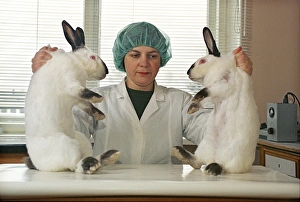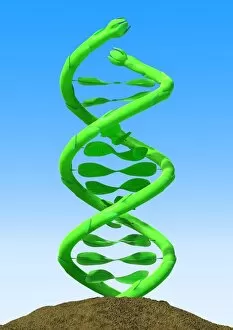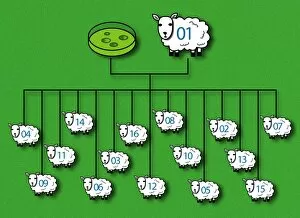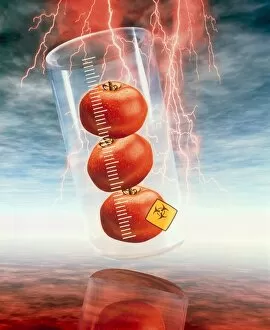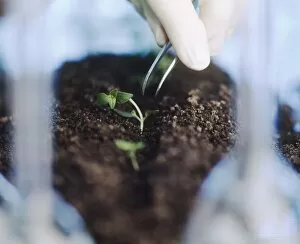Transgenic Collection
"Unlocking the Potential: Exploring the Fascinating World Innovations" In a realm where science meets imagination
All Professionally Made to Order for Quick Shipping
"Unlocking the Potential: Exploring the Fascinating World Innovations" In a realm where science meets imagination, transgenic advancements have revolutionized our understanding of genetic engineering. Oligodendrocyte nerve cells, often referred to as the unsung heroes of our nervous system, hold immense promise in treating neurological disorders. As we delve deeper into this captivating field, cloned rabbits and sheep emerge as living proof that genetic replication is no longer confined to nature's whims. These remarkable achievements pave the way for groundbreaking medical research and potential breakthroughs in regenerative medicine. But it doesn't stop there; genetically modified corn takes center stage in addressing global food security challenges. With enhanced resistance against pests and diseases, these crops offer hope for sustainable agriculture practices while ensuring an abundant supply of nourishment for future generations. Conceptual images depicting genetically-engineered tomatoes evoke awe-inspiring visions of what lies ahead. Through meticulous manipulation at a molecular level, scientists strive to enhance nutritional content and extend shelf life – all without compromising taste or quality. GM plants continue to captivate artists' imaginations through conceptual artwork that portrays a harmonious blend between nature and human ingenuity. These creations serve as reminders that responsible innovation can coexist with environmental preservation. The concept extends beyond mere aesthetics; it encompasses tangible benefits too. Genetically modified fruit presents us with an opportunity to combat vitamin deficiencies on a global scale while simultaneously tackling issues such as post-harvest losses and transportation challenges. With each passing day, genetically modified tomatoes stand tall as beacons of progress within this dynamic landscape. Their resilience against adverse conditions promises increased yields even under challenging circumstances – offering hope for farmers worldwide facing unpredictable climates. Through thought-provoking conceptual artwork featuring GM plants, we are reminded not only of their scientific significance but also their potential impact on society at large. From improved nutrition to reduced pesticide usage, these innovations hold transformative power capable of shaping our future.

